Kiplinger Inflation Outlook: Tariffs Not Yet Affecting Inflation
Inflation should rise in the coming months as tariff effects materialize, but less than first expected now that a U.S.-China trade pact is likely.

Kiplinger's Economic Outlooks are written by the staff of our weekly Kiplinger Letter and are unavailable elsewhere. Click here for a free issue of The Kiplinger Letter or to subscribe for the latest trends and forecasts from our highly experienced Kiplinger Letter team.
Headline inflation remained moderate in May at 2.4%. Core inflation (prices excluding food and energy) stayed at 2.8% for the third month. Cost increases in non-energy services slowed a bit to 0.2% as both housing and health care price increases moderated.
Also helping out was a 1.0% decline in energy costs, and modest dips in new and used vehicle prices. This last is unlikely to continue, however, because of tariffs on car imports.

Sign up for Kiplinger’s Free E-Newsletters
Profit and prosper with the best of expert advice on investing, taxes, retirement, personal finance and more - straight to your e-mail.
Profit and prosper with the best of expert advice - straight to your e-mail.
The price of groceries rose modestly, on average, helped by a continued decline in egg prices (down 2.7%). The avian flu had severely reduced flocks at egg-laying chicken farms, but farmers may have turned a corner. Prices are still 41.5% higher than a year ago, however. The cost of dining out continued to rise at a moderate pace.
Tariff effects on prices so far appear to be limited to toys (up 1.3%) in May. However, more effects should filter in gradually, as a number of businesses are able to first dig into existing inventories, or absorb tariff costs for the moment before passing on price increases to their customers.
The 25% duties on imported cars and auto parts will eventually raise both the average prices of new and used vehicles, and the cost of vehicle repair and insurance. Despite the imminent U.S.-China trade pact, the remaining 30% tariff on China and 10% tariff on most other countries will affect prices of clothing, electronics and many other goods.
May's moderate inflation will please the Federal Reserve but is unlikely to give the central bank enough reason to cut interest rates when the Fed meets on June 18. The Fed will want to see the effects of tariffs on inflation over the next several months before acting. Since tariff effects on consumer prices will happen only gradually, the Fed is likely to be on hold for a number of months in order for it to be able to assess the impact.
While the headlines focus on the Consumer Price Index, note that the Fed's goal of 2% inflation is based on a measure called the personal consumption expenditures deflator, not the CPI. The PCE deflator excluding food and energy rose at a 2.5% rate for the 12 months ending in April, compared with the core CPI’s 2.8% March number. But that is still too high for the Federal Reserve's 2% target.
Related content
Profit and prosper with the best of Kiplinger's advice on investing, taxes, retirement, personal finance and much more. Delivered daily. Enter your email in the box and click Sign Me Up.

David is both staff economist and reporter for The Kiplinger Letter, overseeing Kiplinger forecasts for the U.S. and world economies. Previously, he was senior principal economist in the Center for Forecasting and Modeling at IHS/GlobalInsight, and an economist in the Chief Economist's Office of the U.S. Department of Commerce. David has co-written weekly reports on economic conditions since 1992, and has forecasted GDP and its components since 1995, beating the Blue Chip Indicators forecasts two-thirds of the time. David is a Certified Business Economist as recognized by the National Association for Business Economics. He has two master's degrees and is ABD in economics from the University of North Carolina at Chapel Hill.
-
 New Trump Incentive Could Help Donors Avoid Capital Gains Tax
New Trump Incentive Could Help Donors Avoid Capital Gains TaxTax Policy As U.S. Senate Republicans mark up their version of the One Big Beautiful Bill Act, one provision could give some donors a major tax break.
-
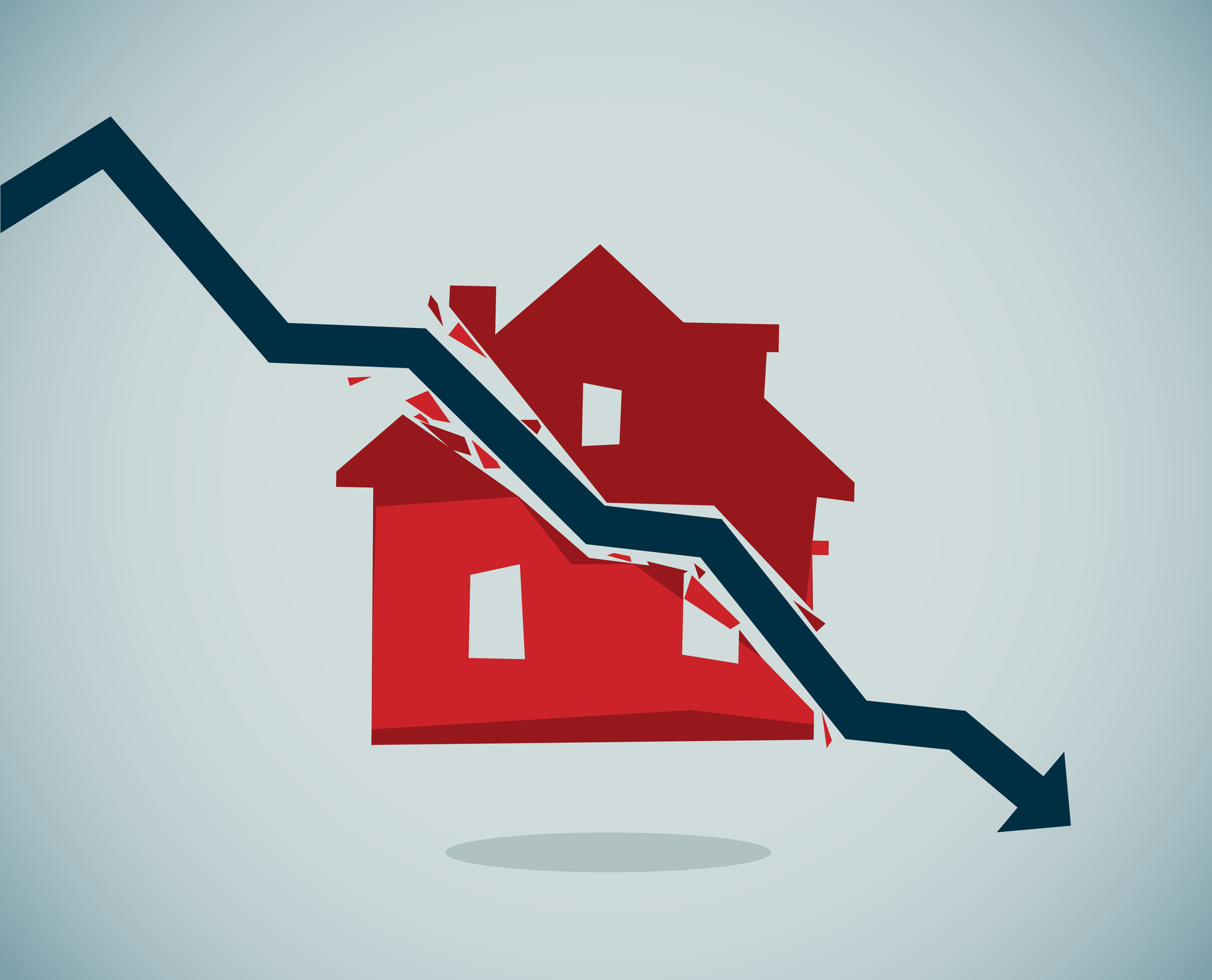 2025 SALT Cap Could Hurt Top 'Hidden Home Cost'
2025 SALT Cap Could Hurt Top 'Hidden Home Cost'Tax Deductions The latest GOP tax bill might make hidden homeowner costs worse for you. Here’s how.
-
 Blue Collar Workers Add AI to Their Toolboxes
Blue Collar Workers Add AI to Their ToolboxesThe Kiplinger Letter AI can’t fix a leak or install lighting, but more and more tradespeople are adopting artificial intelligence for back-office work and other tasks.
-
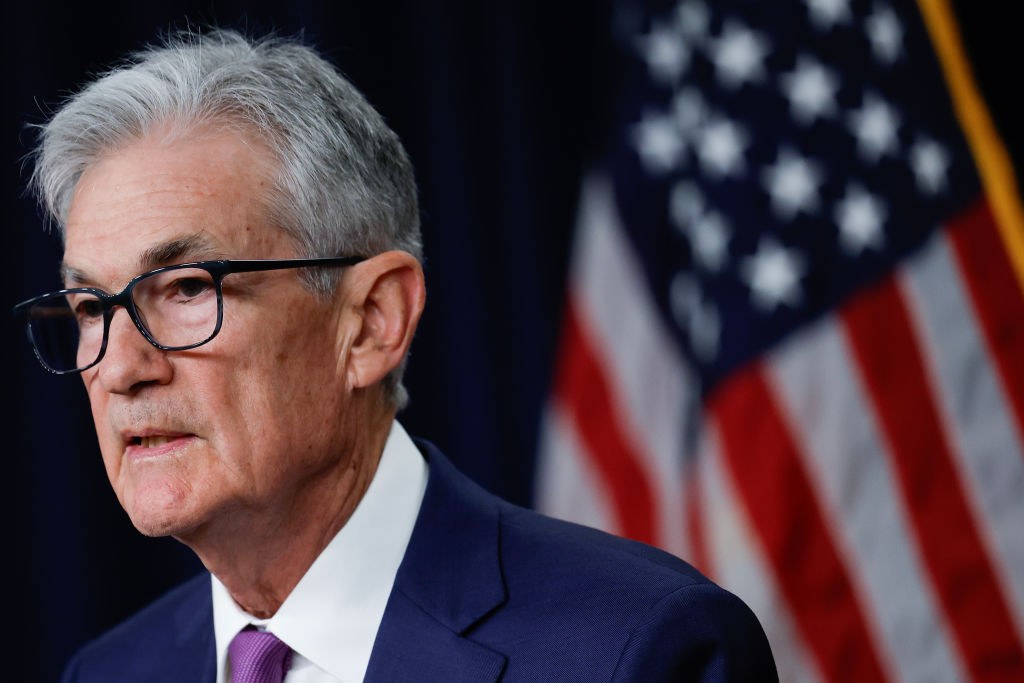 Who Will Replace Jerome Powell as Fed Chair?
Who Will Replace Jerome Powell as Fed Chair?Buzz is building that President Trump could announce Fed Chair Powell's replacement sooner rather than later, even though his term doesn't end until next year.
-
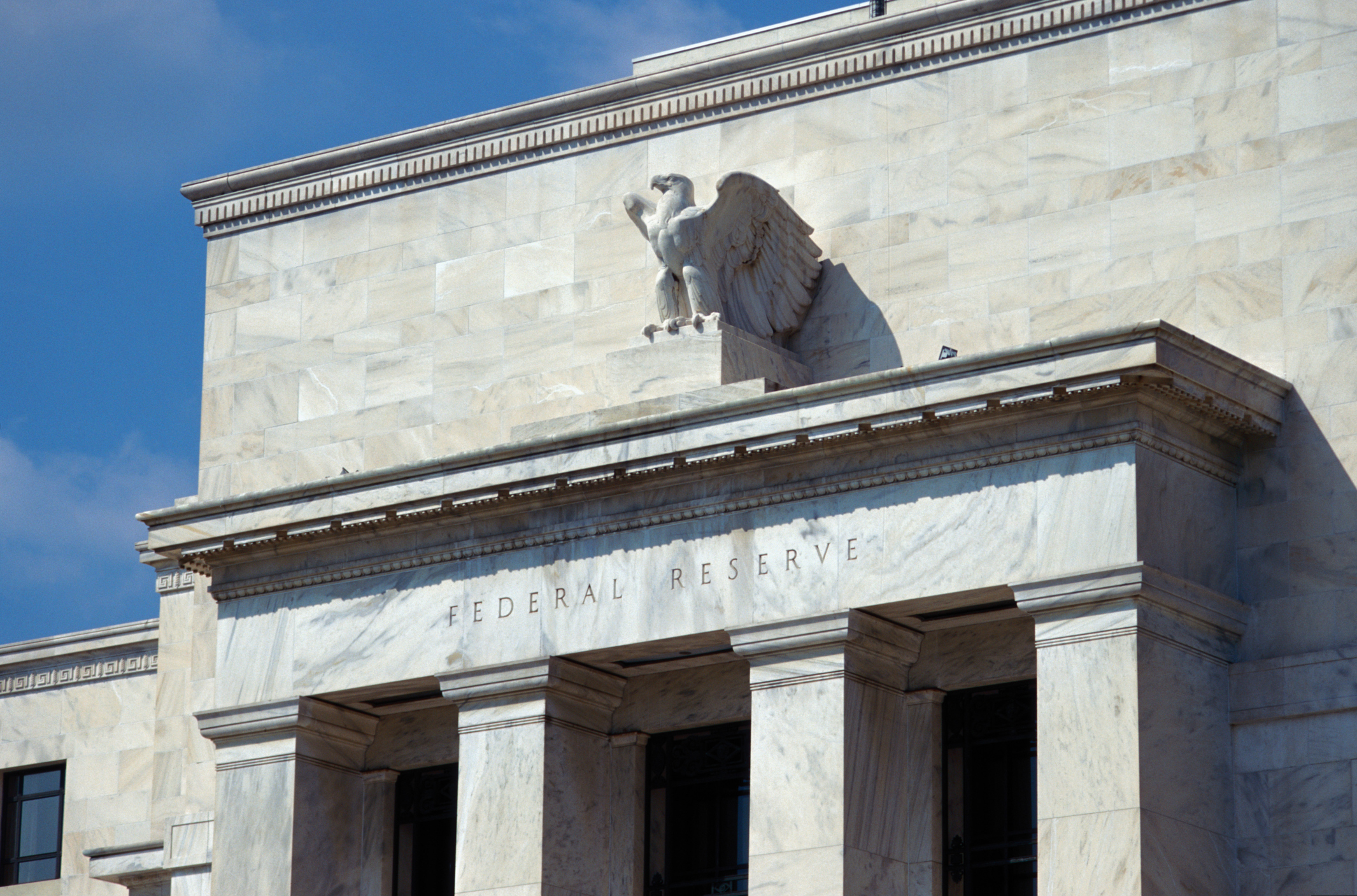 June Fed Meeting: Updates and Commentary
June Fed Meeting: Updates and CommentaryThe June Fed meeting was a key economic event, with Wall Street keyed into what Fed Chair Powell & Co. have to say about interest rates and the economy.
-
 America's Surprising Strengths in Manufacturing and Exports
America's Surprising Strengths in Manufacturing and ExportsThe Kiplinger Letter Despite common perceptions that the U.S. doesn't build things anymore, American factories are still hard at work. A special report from The Kiplinger Letter.
-
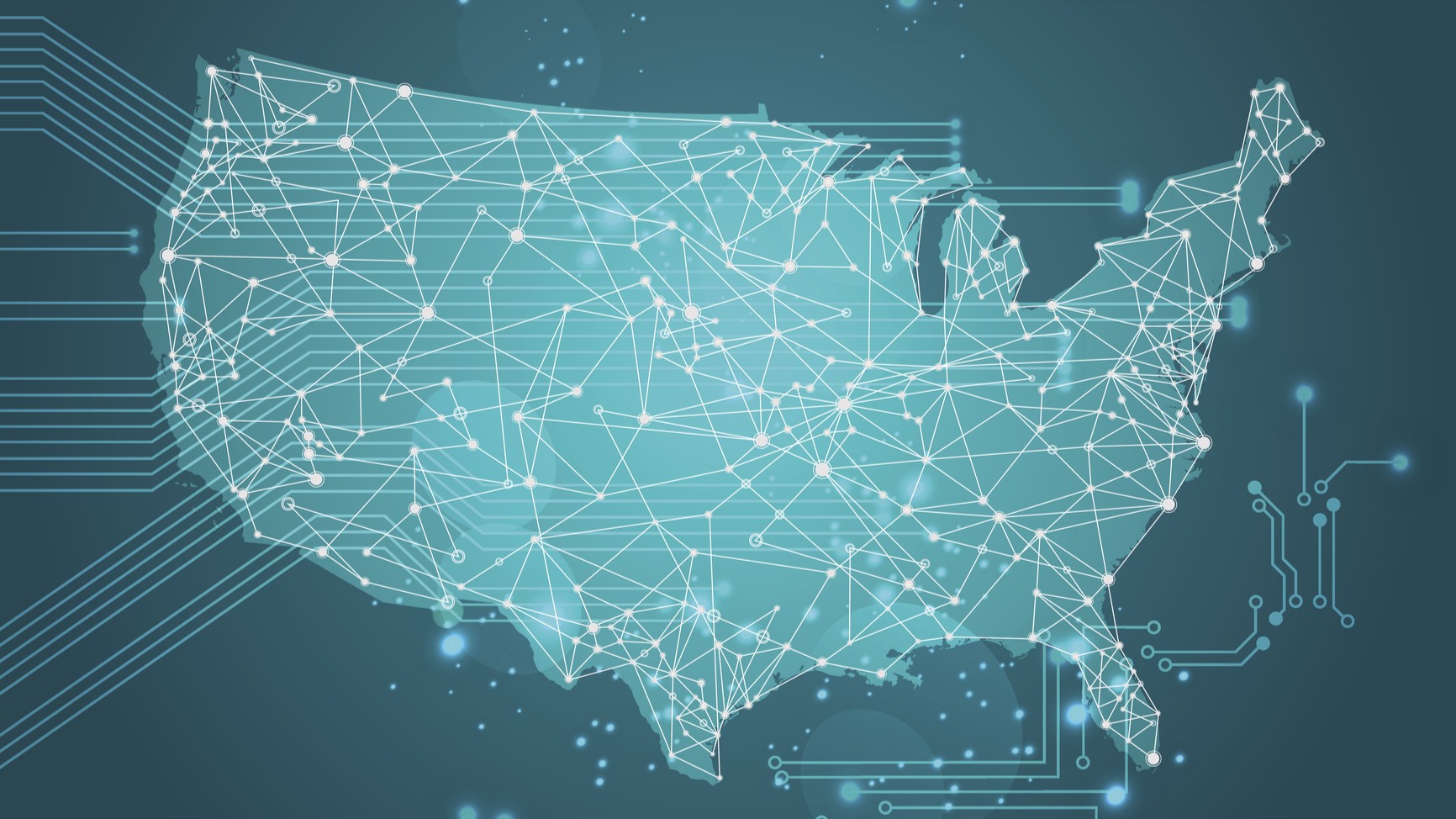 Will State Laws Hurt AI’s Future?
Will State Laws Hurt AI’s Future?The Kiplinger Letter Republicans in Congress are considering a moratorium on state AI laws. But it’s likely a growing patchwork of state AI regulations will be here for a while.
-
 AI Goes To School
AI Goes To SchoolThe Kiplinger Letter Artificial intelligence is rapidly heading to K-12 classrooms nationwide. Expect tech companies to cash in on the fast-emerging trend.
-
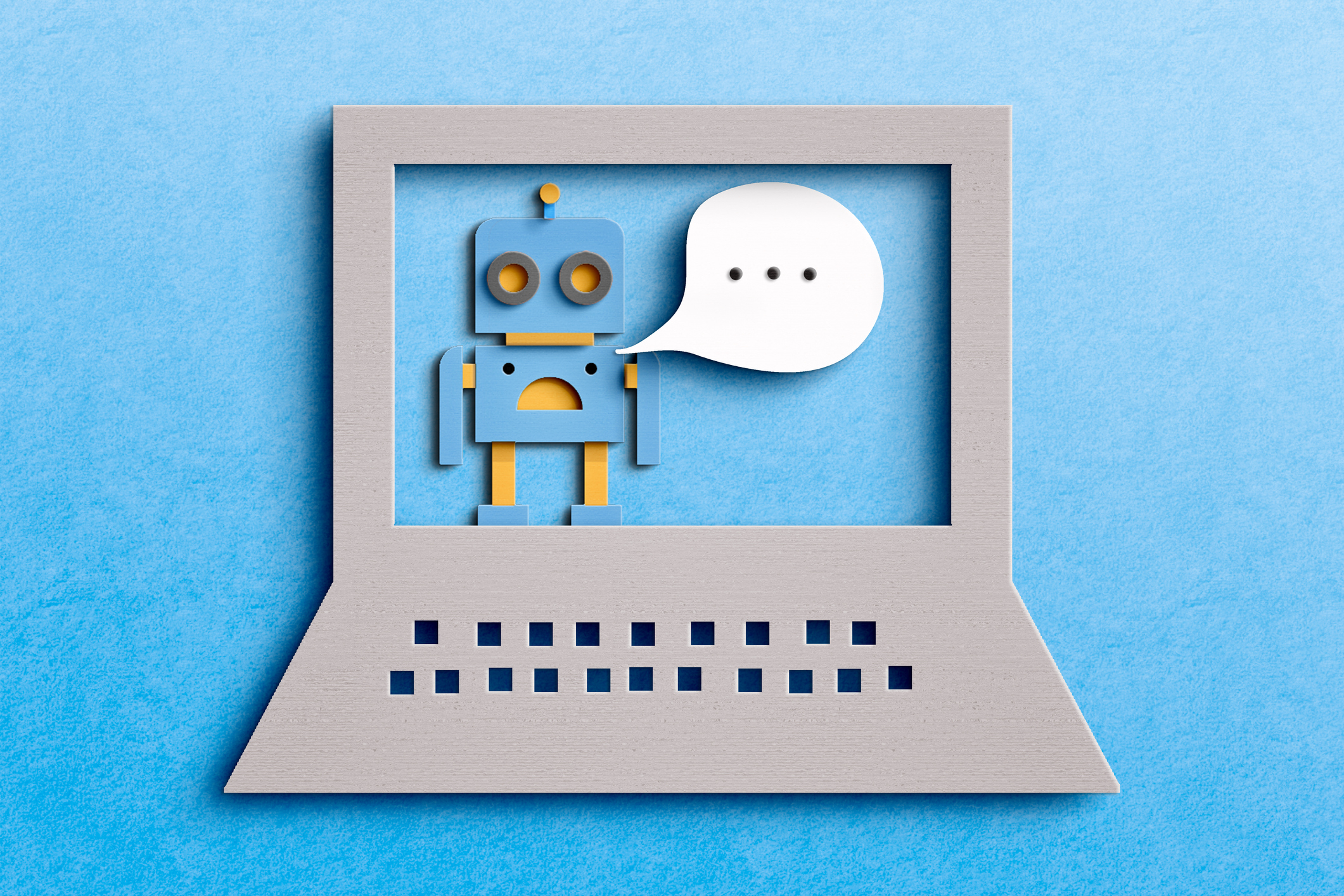 The New AI Agents Will Tackle Your To-Do List
The New AI Agents Will Tackle Your To-Do ListThe Kiplinger Letter Autonomous AI agents “see” your computer screen, then complete a task, from buying a concert ticket to organizing email. This opens up a world of possibilities.
-
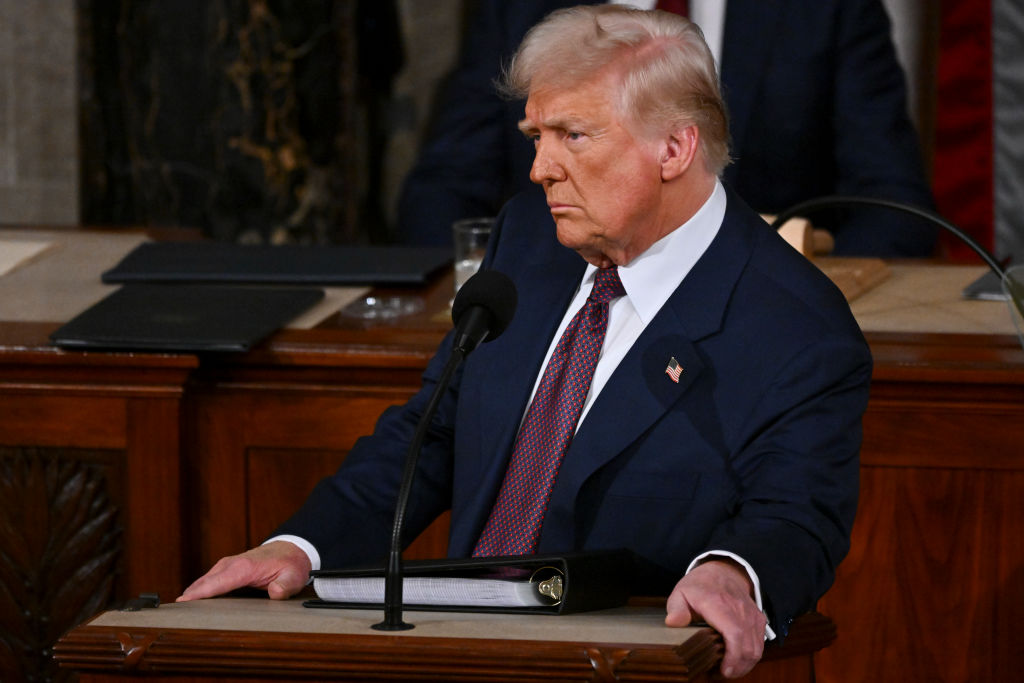 Trump's Second 100 Days
Trump's Second 100 DaysThe Kiplinger Letter President Trump's agenda faces legal and legislative roadblocks.